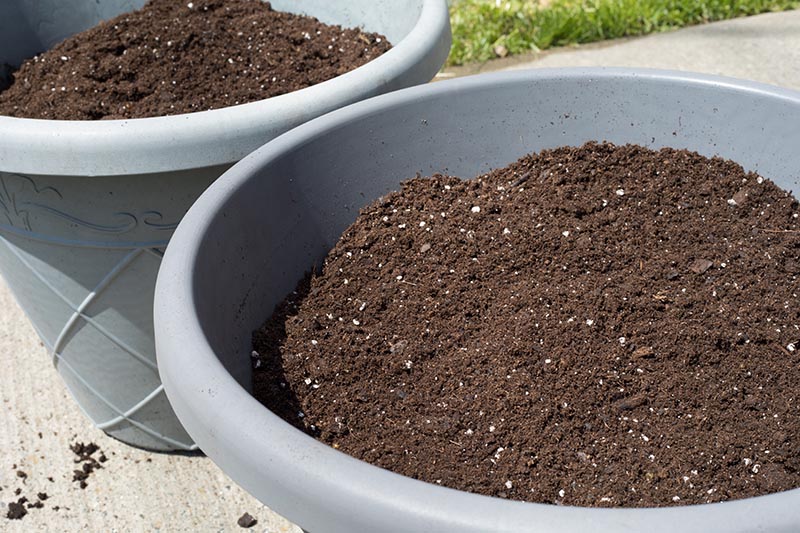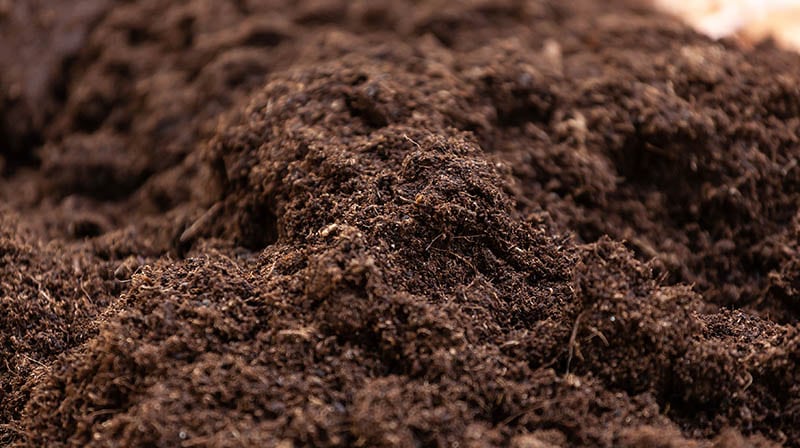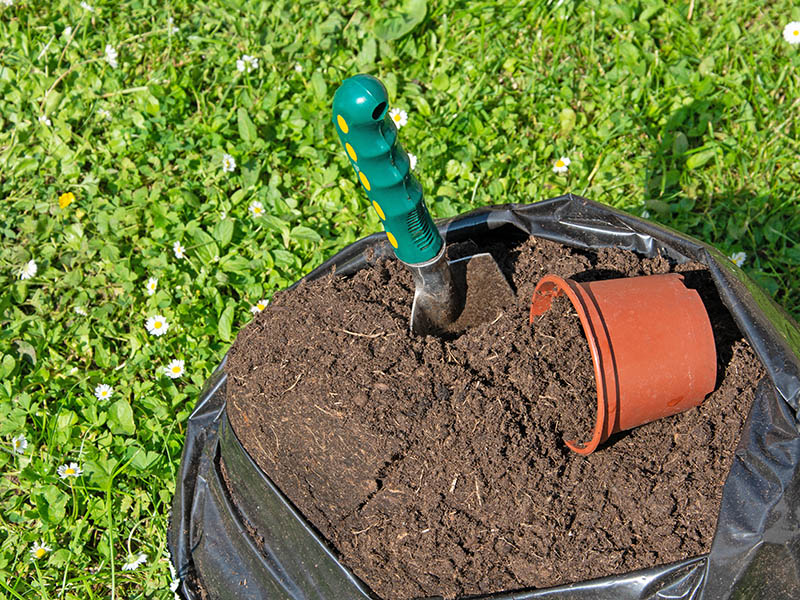Does Potting Soil Go Bad? The Surprising Facts!
-
Pete Ortiz
- Last updated:

Did you know that potting soil doesn’t last forever? Whether you’re actively using it or keep it in a sealed bag, potting soil will expire, much like other organic products.
So, how long will potting soil last? That depends on whether it’s still sealed, it’s in a bag, or you’re actively using it. Here’s how long potting soil will last in various scenarios, along with a few telltale signs that it’s time to replace it.
How Long Does Unopened Potting Soil Last?
Did you know that an organic potting soil will start to break down even if you never open the bag? How long it will last depends on how old the bag is when you purchase it.
Most organic potting soils will last between 1 and 2 years after you purchase them. You can probably save your potting soil for a second season, but if you still have leftover soil after that, you should get rid of it.

How Long Does Opened Potting Soil Last?
While an unopened bag of potting soil will last about a year or two, that’s not the case once it’s been opened. Opening the potting soil bag exposes the soil to more oxygen, and this causes it to break down even faster.
Typically, after you open a bag of potting soil, you can expect the soil to last for about 6 months, whether you put plants in it or not.
How Long Does Potting Soil That You’re Using Last?
This depends on the type of potting soil that you’re using. Usually, potting soil in use will last between 3 and 9 months, depending on the kind of fertilizer inside the soil.
Just keep in mind that you might not have to replace the entirety of the soil; simply adding fertilizer might be enough to get it to last longer. But even with new fertilizer, you should swap out the soil once every 12 months for the best possible results.

How to Tell If Potting Soil Is Bad
If you’re not quite sure if your potting soil is past the expiration date, looking at the soil itself can help you figure it out. Here are four different signs that it’s time to replace your potting soil.
Compaction
This is the most likely thing that you’ll notice with older potting soil. The older the soil is, the more compact it starts to get, which isn’t good for most plants. You want light and fluffy soil with air pockets that make it easy for a plant’s roots to grow and thrive.
Smell
This isn’t something that you’ll notice with potting soil unless it has spent a significant amount of time in standing water. If this happens, it can lead to bacteria growth, and those bacteria will put off a rancid smell. You don’t want to use this soil, as the bacteria will kill any plants that you put in it.

Mold
Most soil is intentionally moist. While this is great for certain plants, if you keep moist soil in the bag during warm conditions for too long, mold will start to grow. If you see any mold in your soil, you need to throw it away and get a new one.
Infestations
Insect infestations aren’t a problem with most potting soils, unless you have low-quality soil or if the soil is quite old. Small gnats can find their way into the soil and lay eggs, and then you’ll have these insects buzzing around the soil until you replace it.
These gnats won’t cause too many problems for mature plants, but they can be issues for small plants and are annoying to gardeners!
 Final Thoughts
Final Thoughts
Now that you know more about potting soil and how long it lasts, you can determine whether you should get new potting soil or use what you already have. While it’s a bit more work to change out or get new soil, it’ll go a long way in ensuring that your plants thrive day after day and month after month.
Featured Image Credit: TD Dolci, Shutterstock
Contents


